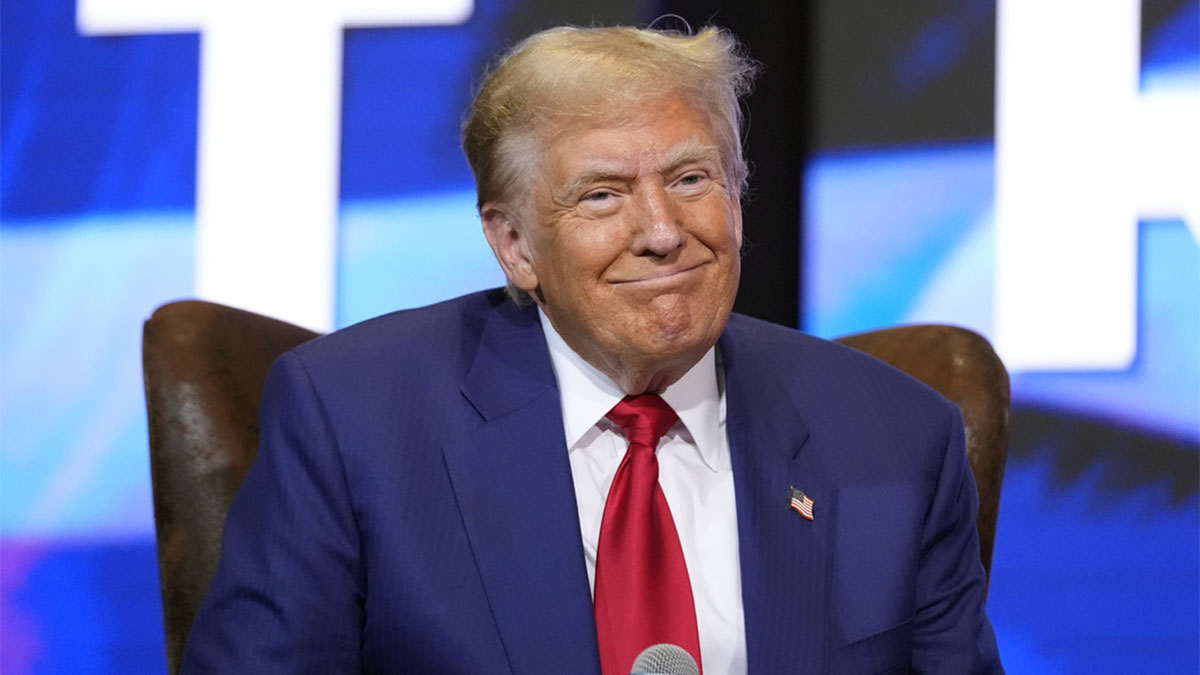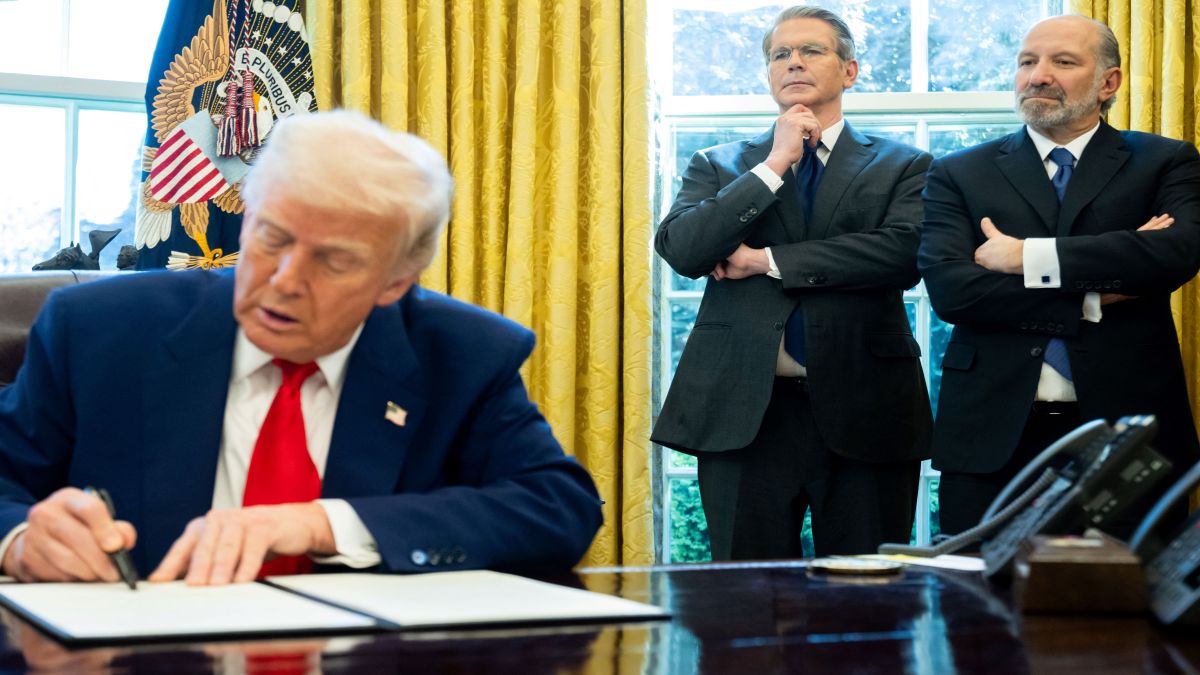US President Donald Trump announced on Sunday (April 13) that he would unveil new tariffs on semiconductors “over the next week” as part of his ongoing efforts to address trade issues in the United States.
“The tariffs will be in place in the not distant future,” he said, referring to sector-specific semiconductor levies that would follow similar measures for steel, aluminum and automobiles. Asked what the rate for semiconductors would be, he said: “I’m going to be announcing it over the next week.”
Aboard Air Force One, Trump told reporters, “We wanted to uncomplicate it from a lot of other companies, because we want to make our chips and semiconductors and other things in our country.”
Although he did not comment on whether some products such as smartphones might still end up being exempted, he did hint towards some flexibility, saying, “You have to show a certain flexibility. Nobody should be so rigid.”
The Republican had said earlier on Sunday that there would be a national security trade probe into the semiconductor sector.
Tariff exemptions for electronics ending?
Trump’s vow of more levies means that the exemptions given to smartphones and computers from his reciprocal tariffs on China will likely be short-lived. The president appears set on resetting trade in the semiconductor sector.
Last week, on Friday (April 11), the White House announced exemptions on electronics such as smartphones from steep reciprocal tariffs. That had led some to hope that the tech industry might avoid getting caught in the crossfire between China and the US.
However, within days of that announcement, Howard Lutnick, Trump’s commerce secretary, said that critical technology products from China would face separate new levies along with semiconductors within the next two months.
According to a December 2024 report by Statista, China’s semiconductor manufacturing capacity is small compared to global competitors like the US.
Although China accounts for more than half of global semiconductor sales, it has a manufacturing capacity of only around five per cent. The US’ capacity, on the other hand, has reached over 40 per cent.
With inputs from agencies


)
)
)
)
)
)
)
)
)